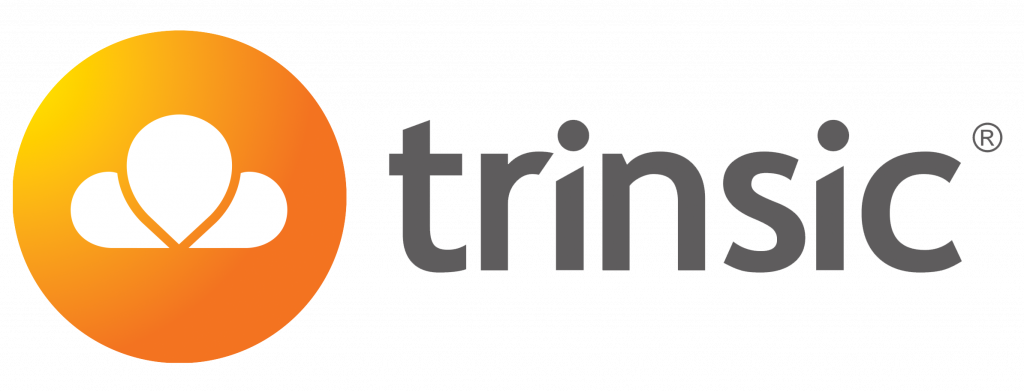Healthcare providers and NHS England are under immense strain this winter, with record numbers of patients waiting for treatment. A combination of factors, including the cost of living crisis and staff shortages have put the healthcare system under pressure.
Connected healthcare is the use of technology to connect patients, healthcare professionals, and healthcare systems. It has the potential to transform the way that healthcare is delivered, making it more accessible, efficient, and affordable.

Connected healthcare can improve patient care by providing real-time data, enabling communication, and helping doctors identify early problems.
For example, patients with diabetes can use connected glucose monitors to track their blood sugar levels and share the data with their doctors. This can help doctors monitor their condition and adjust treatment plans as needed.
Connected healthcare devices can also track other vital signs, such as blood pressure and heart rate, to help doctors identify patients at risk of complications and intervene early. Additionally, connected healthcare makes it easier for patients to communicate with their healthcare team by scheduling appointments, asking questions, and sharing health data. Overall, connected healthcare has the potential to make patient care more accessible, efficient, and personalised.
Connected healthcare can reduce costs by reducing the need for hospital admissions and improving the efficiency of healthcare delivery.
Telemedicine can allow patients to receive care at home, which can reduce the need for hospitalisation. Connected healthcare technologies can also help to streamline administrative tasks and improve communication between healthcare professionals, which can help the healthcare system to see more patients and provide better care with fewer resources.
Connected healthcare can increase efficiency by streamlining administrative tasks and improving communication between healthcare professionals.
Electronic health records (EHRs) can automate administrative tasks, such as scheduling appointments and processing insurance claims, freeing up healthcare professionals to spend more time with patients. EHRs and other connected healthcare tools can also help healthcare professionals to share information with each other more easily, improving coordination of care and reducing the risk of medical errors.
Examples of Connected Healthcare in Use
- Remote monitoring: Remote monitoring devices can be used to track a variety of vital signs, including blood pressure, heart rate, and blood glucose levels. This data can be sent to healthcare professionals, who can then follow up with patients as needed. Remote monitoring is particularly beneficial for patients with chronic conditions, such as diabetes and heart disease.
- Telemedicine: Telemedicine allows patients to consult with healthcare professionals remotely, via video conferencing or phone. This can be convenient for patients, especially those who live in rural areas or have difficulty traveling. Telemedicine can be used to provide a variety of services, including mental health counselling, chronic disease management, and urgent care.
- Electronic health records (EHRs): EHRs are digital versions of patient medical records. They allow healthcare professionals to access patient medical records from any location and to share information with other healthcare professionals more quickly. EHRs can help to improve coordination of care and reduce the risk of medical errors.
How Connected Healthcare Can Support the NHS During the Winter Crisis
- Reduce the need for hospital admissions. Remote monitoring and telemedicine can help to reduce the need for hospital admissions by allowing patients to receive care at home. This can free up hospital beds for patients who need the most urgent care.
- Improve the efficiency of healthcare delivery. EHRs and other connected healthcare technologies can help to improve the efficiency of healthcare delivery by streamlining administrative tasks and improving communication between healthcare professionals. This can help the NHS to see more patients and provide better care.
Trinsic Limited uses the latest technology from our strategic partners to provide reliable and secure healthcare solutions to providers and patients. Our partnership with CSL Group allows us to offer always-on connectivity with the highest level of cybersecurity.
Find out more about Trinsic’s Healthcare solutions on our website, or get in touch at info@trinsic.co.uk or call 01489 850000.




